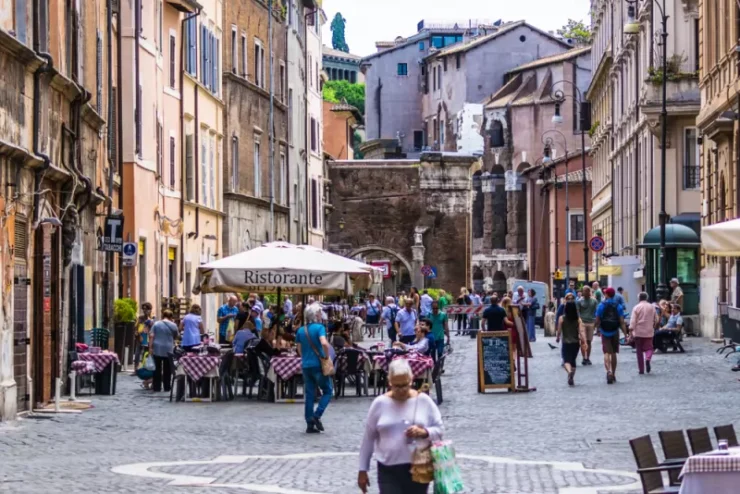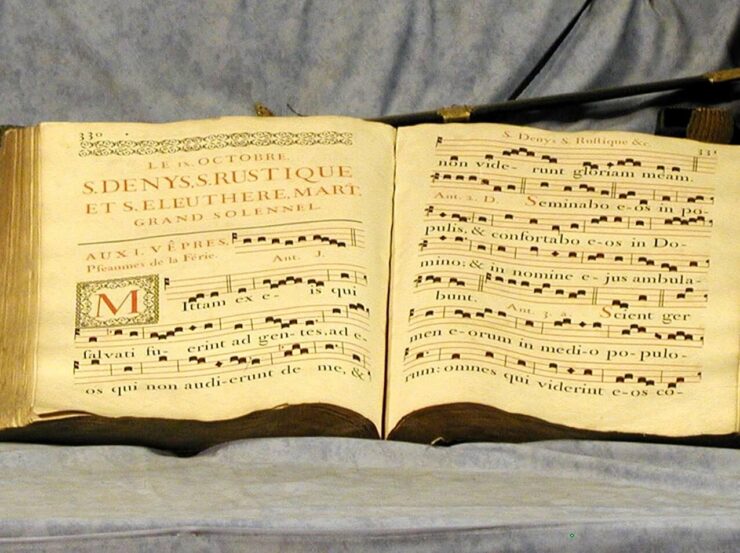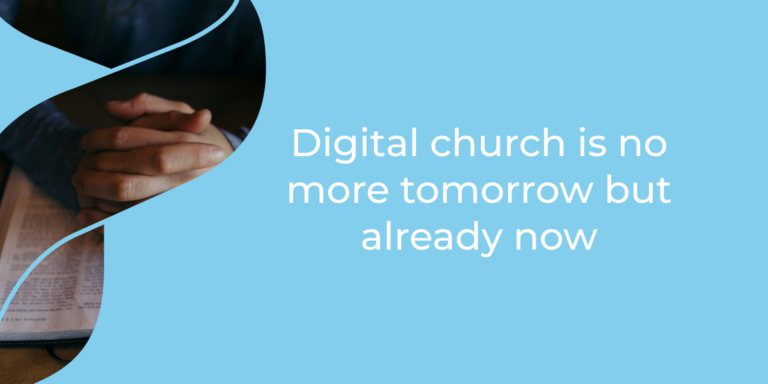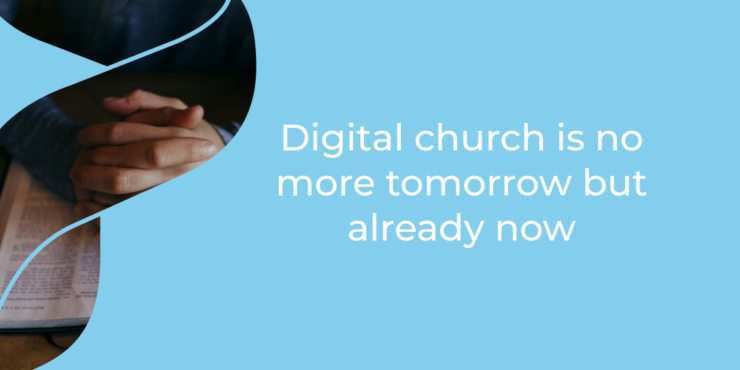Italy is more than just a center for art, culture, and divine gastronomy; it is also a living, breathing tapestry of rich religious diversity. Stretching from the towering spires of the Vatican to the historic pathways of the Roman Ghetto, this nation offers a profound spiritual odyssey that spans thousands of years.
Whether captivated by the awe-inspiring ceremonies at St. Peter’s Basilica or intrigued by the ancient synagogues tucked away in narrow lanes, Italy invites you into a profoundly spiritual world. It is the undeniable epicenter of Catholicism, yet it also holds stories of faiths and traditions that extend far beyond.
Stepping into the Vatican, one encounters the heart of Catholicism. The grand spire of St. Peter’s Basilica, alongside the unparalleled artistry within the Sistine Chapel, serves as landmarks for those on a spiritual quest. But beyond these architectural marvels, the Vatican also represents a faith that has profoundly influenced Italy’s social and political landscapes.
With its intricate museums and time-honored papal ceremonies, the Vatican offers a complex and enriching journey that appeals to devout pilgrims and curious travelers. Before diving deep into this captivating voyage, ensure you’re well-prepared for your visit.
For those needing help with travel requirements, iVisa.com offers a comprehensive guide on visa essentials, allowing you to embark on your Italian pilgrimage quickly.
Judaism in Italy ─ The Roman Ghetto

Not far from the Vatican, the Roman Ghetto narrates tales of Italy’s Jewish community. Established in the 16th century, it was a confined quarter for Rome’s Jewish residents. Today, the neighborhood stands as a testament to resilience and survival.
Ancient synagogues, kosher eateries, and boutiques now thrive in this area, bearing testimony to a community’s enduring spirit and significant role in Italian history.
As you wander through its labyrinthine streets, you’ll encounter historical markers and memorials that tell a story of adversity and triumph, enriching your understanding of Italy’s diverse religious tapestry.
Eastern Orthodoxy ─ Venice and the Byzantine Legacy
Venice, the city of canals, has a deeply rooted connection with Eastern Orthodoxy, mainly due to its Byzantine influences. The gold-adorned Saint Mark’s Basilica, with its five domes and intricate mosaics, echoes the art and spirit of Constantinople.
Today, this connection can be explored in Venice’s various churches and museums, showcasing relics and art from when the East met the West. In addition to the religious edifices, special liturgical services and Orthodox festivals further solidify Venice’s enduring link with Eastern traditions, offering locals and tourists a unique blend of cultural experiences.
Buddhism and Hinduism ─ Modern Spiritual Movements
In recent decades, as the world became more interconnected, Italy saw a rise in Eastern spiritual movements. Temples, yoga retreats, and meditation centers have sprung up, especially in the picturesque countryside.
The Lama Tzong Khapa Institute in Tuscany is a haven where seekers immerse themselves in Buddhist teachings amidst Italy’s serene landscapes. This surge in Eastern spirituality represents a broader, global shift, appealing to Italians and international visitors searching for alternative pathways to inner peace and enlightenment.
Sicilian Syncretism ─ Where Ancient Beliefs Merge

Venturing to the sun-kissed island of Sicily, one uncovers an intriguing fusion of religious traditions. The echoes of ancient Greek, Roman, and Punic civilizations have left an indelible mark here. In towns like Palermo and Syracuse, it’s not uncommon to find a Baroque Catholic church alongside remnants of ancient temples.
Festivals like the Feast of Saint Agatha in Catania integrate elements of pagan rites, blurring the lines between Christianity and older traditions. This rich tapestry makes Sicily a compelling destination for anyone interested in the intersection of faith, history, and culture.
Islam’s Imprint ─ Saracen Sicily
In addition to Sicilian Syncretism, in the past, Sicily was also under Arab rule, which profoundly influenced its architecture, cuisine, and language. The Palermo’s Palatine Chapel, stunning Byzantine mosaics, and Arab motifs symbolize this harmonious blend of Christian and Muslim traditions. This cultural fusion is not merely historical but is a living part of Sicilian identity, adding depth and richness to the island’s diverse religious tapestry.
Sacred Landscapes ─ Pilgrimages and Holy Mountains
Apart from its historic cities and rich tapestry of religious communities, Italy also boasts landscapes that have become sanctified through pilgrimage and tradition. One such site is the mountainous region of La Verna in Tuscany, where St. Francis of Assisi is said to have received his stigmata.
Surrounded by a tranquil forest and adorned with chapels and artwork that narrate Franciscan history, La Verna provides a spiritual experience in nature. The awe-inspiring vistas, marked by Christian symbology and natural beauty, offer pilgrims and tourists an opportunity for contemplative solitude.
The Resonance of Faith ─ Music and Religious Festivals

The religious diversity of Italy is also reflected in its myriad of religious festivals and musical traditions. Whether it’s the Gregorian chants echoing through monastic corridors or the haunting melody of the shofar during the High Holidays in Rome’s synagogues, the power of music as a religious and cultural force is undeniable.
Naples is renowned for its Christmas tradition of creating intricate Nativity scenes. At the same time, Siena hosts the Palio, a historic horse race steeped in civic pride and devotion to the Virgin Mary. These festivals vividly showcase how faith permeates everyday life and culture in Italy.
Global Faiths Meet Italian Heritage ─ Interfaith Dialogue
Italy transcends its role as a mosaic of various faith traditions to become a nexus for cross-religious conversations. Organizations like the Community of Sant’Egidio in Rome actively cultivate discussions among people from Christian, Jewish, Muslim, and other spiritual backgrounds.
The aim is mutual understanding and a unified effort to tackle social issues like poverty and immigration. This commitment to dialogue underscores Italy’s position as a spiritual microcosm, where ancient traditions and modern perspectives find common ground in the quest for a more inclusive and compassionate world.
Italy, with its intricate patchwork of religious traditions, offers more than just a historical tour. It’s a journey celebrating the human spirit, resilience, and unity amidst diversity. From the echoing chants in ancient basilicas to the tranquil silence of Buddhist retreats, Italy invites every traveler to find a deeper connection with its past and the timeless essence of faith.
Whether seeking traditional wisdom or curious about new spiritual landscapes, Italy provides a panoramic canvas reflecting human belief’s rich tapestry. Italy’s open embrace of various faiths and spiritual practices is a global crossroads for spiritual exploration and enlightenment.









